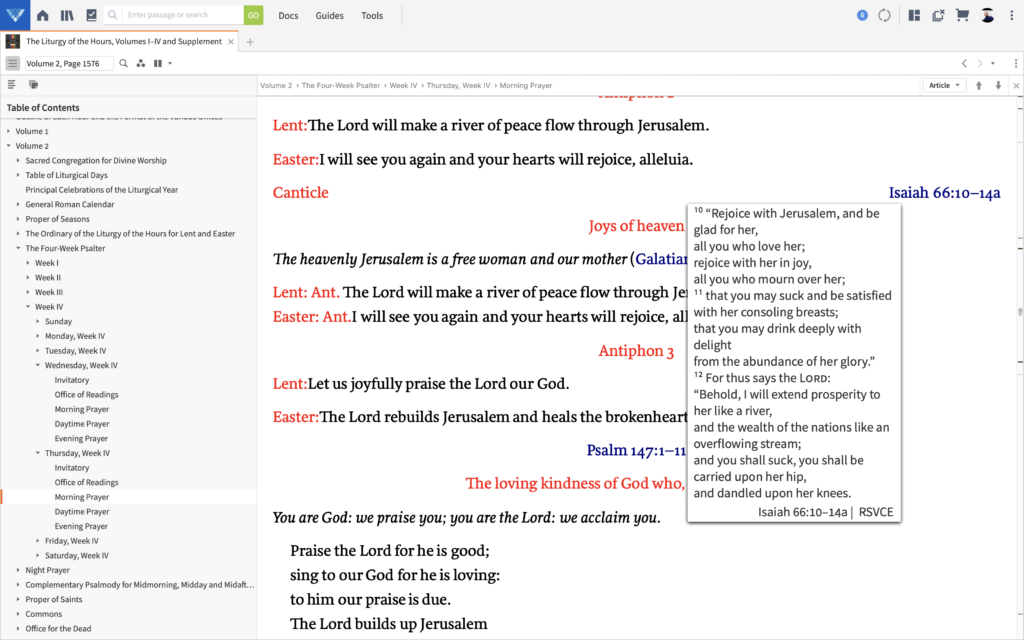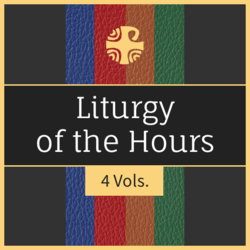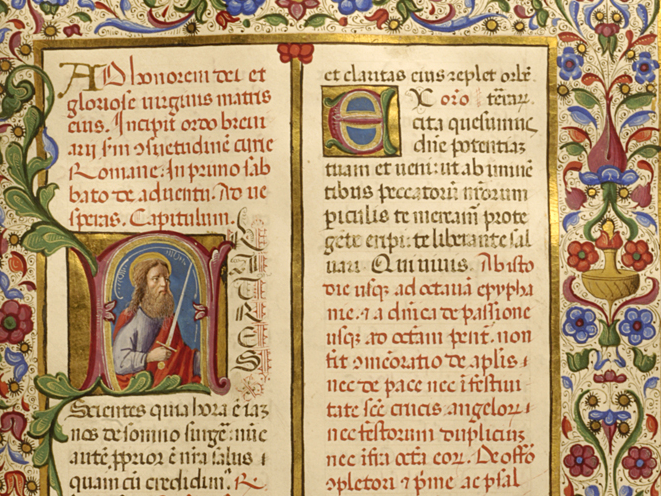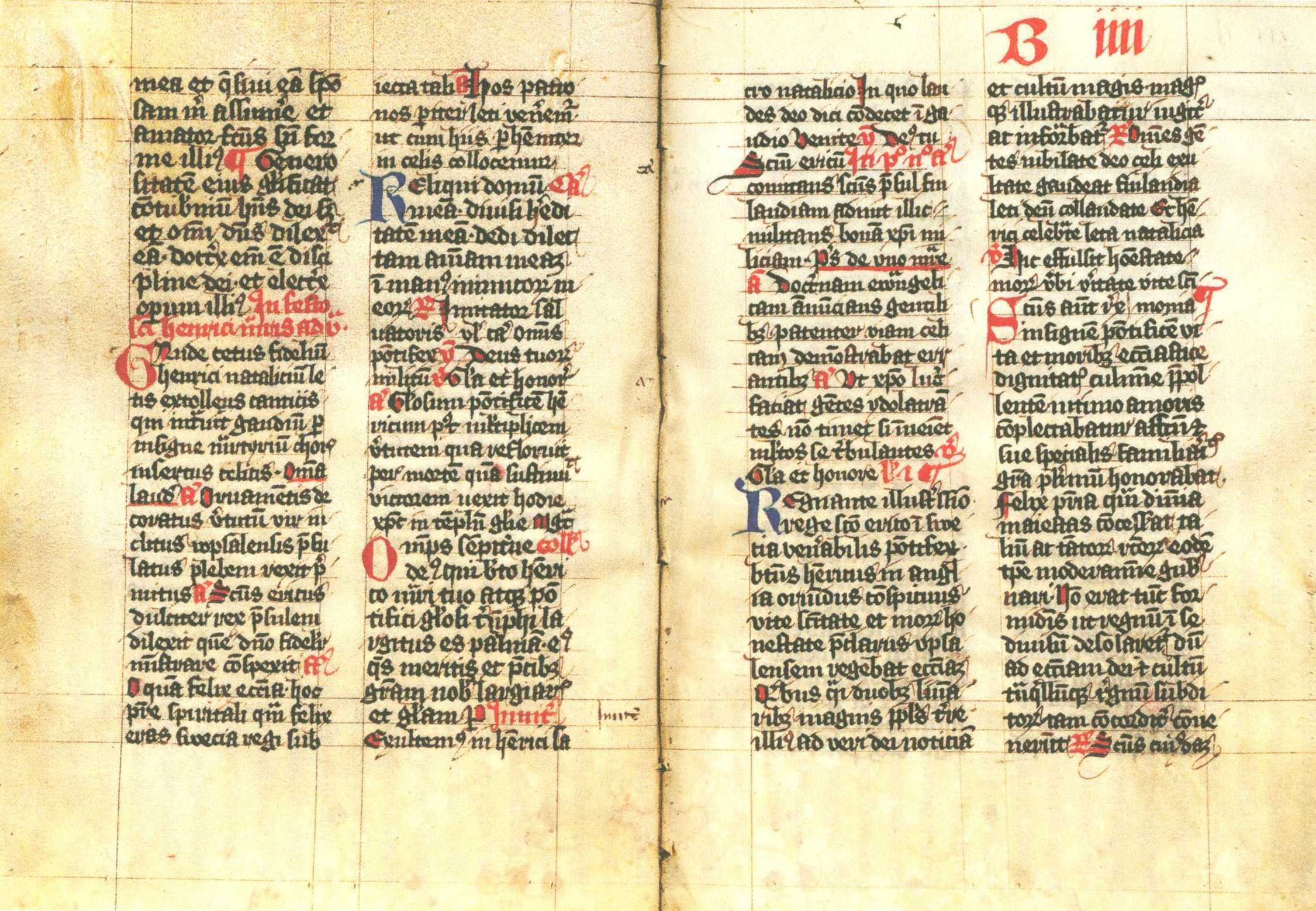The best part about owning any given resource in Verbum is not necessarily the increased functionality that comes from the software’s various features and tools (although these are not insignificant!), but the sheer convenience of having all one’s theological reference works in a single, easily-accessible location. This is especially true when said works are large, heavy, and span multiple volumes. The Liturgy of the Hours is a prime example. When it comes to actually praying it, I don’t mind carrying around the one volume required for that day’s Office. But when I have to study it, the last thing I want to do is lug four thick volumes to the library to flip through thousands of thin pages in search of one or two key texts.
Last semester, I was enrolled in an “Advanced Preaching” class. As part of my required coursework, I was asked to prepare two reflections to be preached during our communal Morning and Evening Prayer, respectively. The only stipulation was that the reflections had to be drawn from the scriptural texts prayed during that liturgy (i.e., the Psalms, Canticle, and short reading). Noting that my first reflection would be preached on Thursday in the fourth week of Lent, I launched Verbum and got to work on my exegetical research.
I began by opening the Liturgy of the Hours resource and navigating (via the Table of Contents) to the relevant location in the Four-Week Psalter: Volume 2 > The Four-Week Psalter > Week IV > Thursday, Week IV > Morning Prayer. Skimming over the Psalms and Canticles, I was struck by the selection from Isaiah, which describes Jerusalem as a nursing mother. This isn’t a familiar image for many seminarians (for some, in fact, it may even be an uncomfortable one!), so I knew that was where I wanted to focus my attention.

After selecting this biblical passage upon which to preach, I opened the “Cited By” tool to see how this passage may have been interpreted by the Church. Interestingly, the “Church Documents” tab pointed me towards the Roman Missal, where this very text from Isaiah is used as the Entrance Antiphon for the Fourth Sunday of Lent—thus providing “Laetare” Sunday with its name: “Rejoice, Jerusalem, and all who love her. Be joyful, all who were in mourning; exult and be satisfied at her consoling breast.” The Church’s liturgy clearly associates the image of a nursing mother with joy. (Coincidentally, this passage from Isaiah is also highlighted in the Catholic Topical Index’s entry for “Joy.”)
I also noticed that the “Church Fathers” tab of the Cited By tool included a link to St. Jerome’s celebrated commentary on Isaiah. Clicking through to the full text, I discovered that St. Jerome interprets Jerusalem’s “abundant breasts” allegorically. They belong to the Church (as the italicized text preceding this passage in the Liturgy of the Hours suggests, with its quotation of Galatians 4:26), and “they supply the rational milk [cf. 1 Pet 2:2] of the Old and New Instrument [Testament?].” The faithful Christian is thus meant to “nurse with delight” at the “abundant breasts” of the Church’s life-giving scriptures.
Additional Posts Coming Soon on Using Liturgy of the Hours in Verbum
Brody Stewart holds an MA in Theology from Mount Angel Seminary. He enjoys liturgical prayer, patristic biblical exegesis, and melodic death metal. You can view some of his work on his YouTube channel.




What’s the Difference between the Pre-pub and The Liturgy of the Hours Volumes 1-IV with Supplement that I already have in my library?
Pete, there is no difference. You already own the resource.